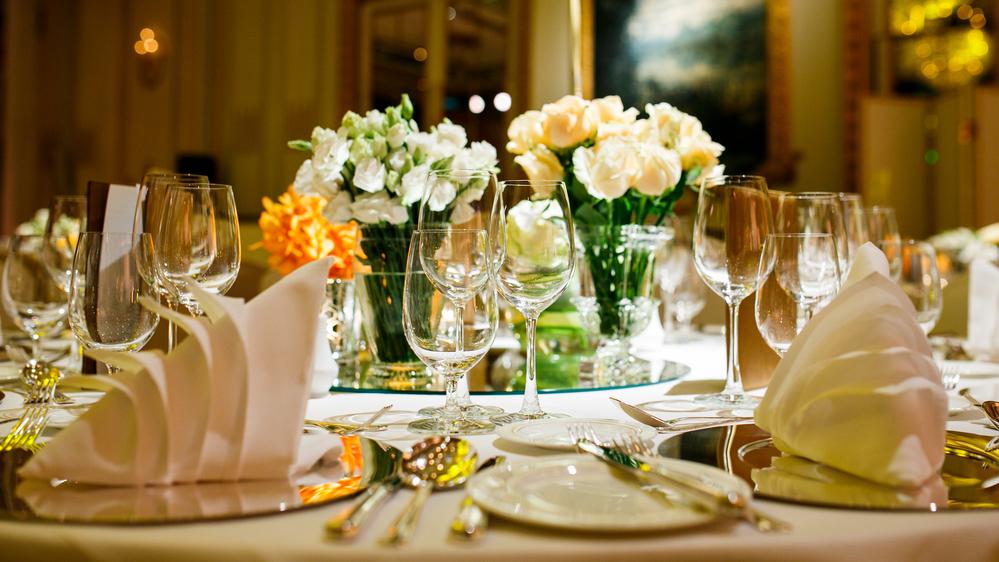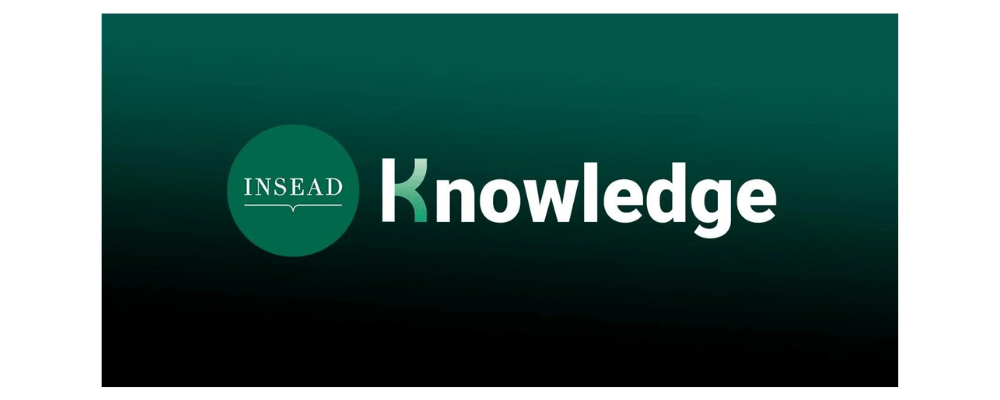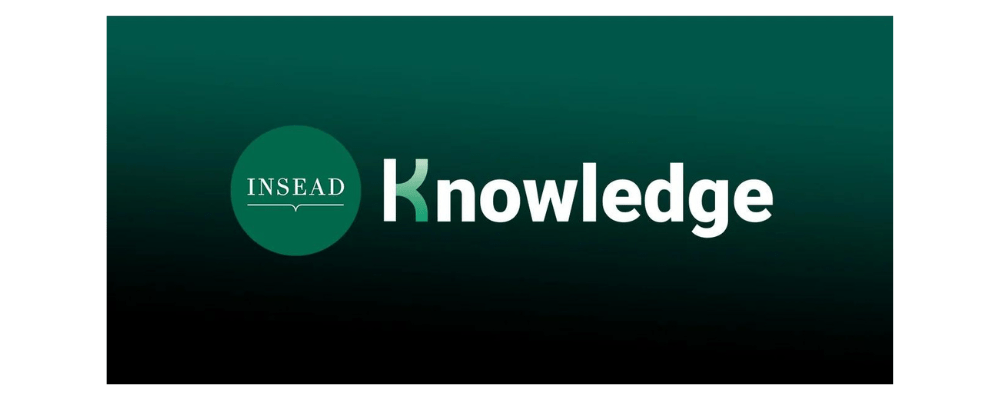On 19 January 2024, André Terrail, owner and CEO of the legendary restaurant La Tour d’Argent in Paris, was a happy man. The sale of part of the tableware and elements of the historic décor of his establishment raised over €720,000 in just a few hours. What motivated people to obtain parts of a restaurant? Buyers aimed to acquire a piece of the magic the brand built over time through etiquette.
Defined as ways of doing things that allow for the expression and exercise of power, wealth, confidence and taste, etiquette is an old concept that brands have recently revived as a strategic tool to build new business value. What can managers learn from this rebirth?
Etiquette’s roots
Let’s take a step back. A few centuries ago, every European court had its own rules, whether Tudor etiquette in England or that of Louis XIV in France, to cite just two examples. These rules precisely governed social relationships, rituals and dress codes. Beyond the royal houses, they influenced, through a rapid trickle-down effect, the daily life of European high society.
Etiquette perhaps acquired its greatest significance in France, with Louis XIV’s strategic use of Versailles as an instrument of power. State dinners and receptions involved much more than just feasts and entertainment. Failing to adhere to relevant standards meant losing one’s face, and sometimes death. Chef Vatel famously committed suicide at the Château de Chantilly after not having enough roast pheasant for guests on the first night of a royal banquet, and then thinking there wouldn’t be enough seafood on the second day.
Throughout centuries, etiquette contributed to shape societal narratives and power dynamics. It served as a framework that governed the flow of time, the positioning of individuals and the arrangement of objects, while imbuing them with meaning and significance. As Norbert Elias astutely observed, etiquette operates as a subtle mechanism of social and behavourial control.
In the context of Vatel’s duties, the meticulous orchestration of banquet events and arrangement of tableware weren’t mere practical tasks; they were integral components of a larger narrative of power and prestige. Similarly, the proliferation of royal manufactures like Sèvres, Meissen and Royal Copenhagen also helped create a visual language of status and refinement. In sum, etiquette rules increasingly served to reinforce the social order and uphold the prestige of the ruling elite.
Fast forward to a series of grand dinners held between September 2023 and January 2024 in the illustrious Hall of Mirrors for the 400th anniversary of the Château de Versailles. French artist Jean-Michel Othoniel crafted elaborate centrepieces, echoed by a glass sculpture exhibited in the castle gardens, to revive the Bosquet du Théâtre d’eau designed under Louis XIV by Le Nôtre.
The cost of the inaugural edition of these state dinners, sponsored by luxury fashion houses like Dior, may have exceeded €6 million. Such extravagant expenditures stress the significance of these kind of events in projecting an image of grandeur and prestige.
Far from just being a piece of décor and a setting for meals, the table is an arena where power, prestige and tradition converge. As such, it is increasingly leveraged as a brand-building tool.
Etiquette today: a revival through new forms and functions
Etiquette has developed unevenly across cultures. Some countries have deeply institutionalised etiquette. For instance, when onboarding new professionals, Japanese companies teach them corporate etiquette. Classes delve into the nuances of bowing, exchanging business cards (“meishi”), navigating hierarchical relationships and the importance of “face” in Asian culture.
In the West, etiquette’s contemporary revival owes a lot to Nadine de Rothschild’s writings on the topic. Full of humorous autobiographical anecdotes, her books resonated with readers globally, selling hundreds of thousands of copies and cementing her reputation as a cultural icon.
In the digital age, social media influencers such as Myka Meier, Sofia Marbella, Taylor Elizabeth and William Hanson, walking in Nadine de Rothschild’s footsteps, have amassed millions of followers. They champion a modern revival of etiquette with the goal of bringing it back in fashion.
Beyond influencers, brands have increasingly embraced etiquette as a powerful relationship-building tool. For instance, fine porcelain factory Bernardaud creates emotional attachment to its brand by hosting dinnerware events with young professionals aspiring to work in the hospitality business.
Along the same line, Sotheby’s hosts private dinners before prestigious auctions to foster a sense of exclusivity and connection with participants. And when the Louvre Museum was looking for patrons to finance the acquisition of Chardin’s “Le Panier de Fraises”, it called on celebrity chef Mory Sacko to star in a widely publicised “open kitchen” event – the first of its kind in a French national museum.
As these examples show, etiquette is an effective means to convey a brand image, which is harnessed by institutions, prestige firms and countless others.
Luxury houses such as Dior use tableware as a centrepiece in their marketing and communication strategies. Their collections of tableware and decorative objects, featuring easily recognisable patterns such as the toile de Jouy and cannage, serve as an extension of their brand identity and fashion collections.
Dior’s event, Les Jardins de la Couture, held at Villa d’Este in June 2023, epitomised this approach. It echoed the grandeur of Louis XIV’s legendary “Fête des Plaisirs de l’Isle Enchantée”, which took place at Versailles in May 1664. The investment, rumoured to be at least in the tens of millions of euros, was likely worthwhile, sending Dior sales rocketing within just a few days. VVIP clients from around the globe flocked to acquire exclusive pieces and be associated with the Dior brand.
The building blocks of etiquette strategy
While etiquette strategies can vary, they all share a set of ingredients.
First, the visual appeal of events and experiences is a crucial source of value creation, particularly in luxury and fashion. Photogenic and very Instagrammable events are typically shared and re-shared on social networks by proud guests. In turn, greater visual value is critical as it commands greater desire and thus willingness to pay from luxury consumers.
Second, etiquette generates immersive experiences, conducive of “the harmony of the senses, the visible and the invisible” according to art curator Marion Vignal, founder of Genius Loci, a non-profit organisation promoting contemporary creation. Offering a personable, unique and sensorial approach to the brand stokes the desire for it.
As retail is moving away from mere product display, tableware and etiquette provide a powerful aspirational journey and a sophisticated experience, a new point of contact with brands and houses.
Third, etiquette is a norm generator, spurring desire for luxury brands. Indeed, the need for status is one of the key psychological drivers of luxury consumption. It heavily relies on codes, norms and practices that signal or build a consumer’s hierarchical standing. By setting ways of doing things (e.g., eating, talking), etiquette catalyses people’s dual needs to assert their individuality and to belong to a collective sharing the same values.
In recent years, etiquette has been a powerful source of soft power, bringing a clever mix of notoriety and image capital essential to luxury brand building. In an interview with Le Figaro Magazine in June 2023, LVMH CEO Bernard Arnault spoke of Louis Vuitton as a “house of culture” and emphasised the “desirability of brands”. For his part, Cyrille Vigneron, CEO of Cartier, said that “we need meaning” and “luxury maisons are deeply linked to culture, art and savoir-faire”.
The obsession of luxury houses with the search for meaning and elevation resonates strongly in the fascinating world of tableware and etiquette. Perhaps it is this ephemeral and universal intensity that the people who bought the tableware from La Tour d’Argent unconsciously came to purchase.
“INSEAD, a contraction of “Institut Européen d’Administration des Affaires” is a non-profit graduate-only business school that maintains campuses in Europe, Asia, the Middle East, and North America.”
Please visit the firm link to site






